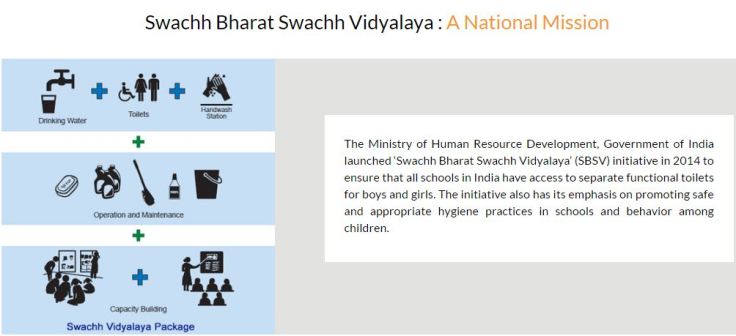Narendra Modi’s essential vision of Indian institutions
Creating prosperity for India will involve changing the rules of the game
n an annual lecture organized by NITI Aayog on 26 August, Prime Minister Narendra Modi remarked: “There was a time when development was believed to depend on the quantity of capital and labour. Today, we know that it depends as much on the quality of institutions and ideas.” Modi’s comment seems to be inspired, partly, from Why Nations Fail (2012) by Daron Acemoglu and James A. Robinson. In their thought-provoking book, Acemoglu and Robinson argue that institutions, and they alone, determine the prosperity of a nation. Before proceeding, it is important to distinguish between two kinds of institutions. The first refers to rules of the game—formal laws and informal norms. The second is in the nature of organizations.
Douglas North makes a distinction: “If institutions are the rules of the game, organizations and their entrepreneurs are the players.” Geoffrey Hodgson clarifies that North’s treatment of organizations as players does not rule out their becoming institutions themselves, especially when intra-organizational conflicts are taken into account. Since Modi went on to talk about NITI Aayog, which he set up as an evidence-based think tank, he was most probably talking about the second kind of institution—the organization. But his repeated reference to “ideas”—and transformative ones at that—means he did not preclude the first kind. After all, the concept of limited liability was just an idea before New York made it a law in 1811 and moved towards becoming the financial centre of the world.
“Inclusive economic institutions that enforce property rights, create a level playing field, and encourage investments in new technologies and skills,” say Acemoglu and Robinson, need to be supported by “inclusive political institutions, that is, those that distribute political power widely in a pluralistic manner and are able to achieve some amount of political centralization…” If NITI Aayog is an example of a new organization set up by the Modi government, the monetary policy framework has brought in new rules for fighting inflation. The goods and services tax (GST) council can be an example of the inclusive political institution that Acemoglu and Robinson talk about. The GST council centralizes indirect tax collection while providing both the states and centre a voice in setting tax rates.
Acemoglu and Robinson’s theory is not without sceptics. Jared Diamond has criticized it for ignoring geography; Arvind Subramanian says it fails to explain the development trajectory of both India and China. With India too poor for its level of political institutions and China too behind in its institutions for its level of income, Subramanian says Acemoglu and Robinson fail to explain the development trajectory of “one-third of humanity”.
Francis Fukuyama blames it for not elaborating on what makes an inclusive institution as opposed to an “extractive” one. Crucially, Fukuyama does not find the theory original as he says there is “no real difference between the ‘extractive/inclusive’ distinction” in Acemoglu-Robinson “and the ‘limited/open’ access distinction” in Violence and Social Orders (2009) by North, John Wallis and Barry Weingast. The latter three have argued that limited access order—the default state of human societies—create political stability by limiting economic and political participation. Not many nations have been able to break out of this by creating open access order which maintains political stability along with open economic and political participation.
While agreeing that the institutions are important, the critics don’t think they alone can explain prosperity. But Modi’s focus on institutions is not misplaced either. The critics of Acemoglu and Robinson will be satisfied with his verbiage. India’s bridge to open access order will involve changing the rules of the game—creating competitive markets and liberal institutions, not just seeking higher cash flows under the same old rules.
But when speaking of organizations as institutions, Modi will also have to focus on institutional design. Devesh Kapur and Pratap Bhanu Mehta argue that “limited effectiveness of its public institutions” is both “a critical factor explaining India’s modest record in governance and development” and a result of poor institutional design. Therefore, even if the monetary policy framework is a commendable development, it does not take away from the challenge of appointing the right people to man the monetary policy committee. Creating a culture of evidence-based thinking at NITI Aayog is also an institutional design problem. An institution in place tasked with evidence-based thinking is not enough.
Should India focus on building inclusive institutions?
Creating prosperity for India will involve changing the rules of the game
n an annual lecture organized by NITI Aayog on 26 August, Prime Minister Narendra Modi remarked: “There was a time when development was believed to depend on the quantity of capital and labour. Today, we know that it depends as much on the quality of institutions and ideas.” Modi’s comment seems to be inspired, partly, from Why Nations Fail (2012) by Daron Acemoglu and James A. Robinson. In their thought-provoking book, Acemoglu and Robinson argue that institutions, and they alone, determine the prosperity of a nation. Before proceeding, it is important to distinguish between two kinds of institutions. The first refers to rules of the game—formal laws and informal norms. The second is in the nature of organizations.
Douglas North makes a distinction: “If institutions are the rules of the game, organizations and their entrepreneurs are the players.” Geoffrey Hodgson clarifies that North’s treatment of organizations as players does not rule out their becoming institutions themselves, especially when intra-organizational conflicts are taken into account. Since Modi went on to talk about NITI Aayog, which he set up as an evidence-based think tank, he was most probably talking about the second kind of institution—the organization. But his repeated reference to “ideas”—and transformative ones at that—means he did not preclude the first kind. After all, the concept of limited liability was just an idea before New York made it a law in 1811 and moved towards becoming the financial centre of the world.
“Inclusive economic institutions that enforce property rights, create a level playing field, and encourage investments in new technologies and skills,” say Acemoglu and Robinson, need to be supported by “inclusive political institutions, that is, those that distribute political power widely in a pluralistic manner and are able to achieve some amount of political centralization…” If NITI Aayog is an example of a new organization set up by the Modi government, the monetary policy framework has brought in new rules for fighting inflation. The goods and services tax (GST) council can be an example of the inclusive political institution that Acemoglu and Robinson talk about. The GST council centralizes indirect tax collection while providing both the states and centre a voice in setting tax rates.
Acemoglu and Robinson’s theory is not without sceptics. Jared Diamond has criticized it for ignoring geography; Arvind Subramanian says it fails to explain the development trajectory of both India and China. With India too poor for its level of political institutions and China too behind in its institutions for its level of income, Subramanian says Acemoglu and Robinson fail to explain the development trajectory of “one-third of humanity”.
Francis Fukuyama blames it for not elaborating on what makes an inclusive institution as opposed to an “extractive” one. Crucially, Fukuyama does not find the theory original as he says there is “no real difference between the ‘extractive/inclusive’ distinction” in Acemoglu-Robinson “and the ‘limited/open’ access distinction” in Violence and Social Orders (2009) by North, John Wallis and Barry Weingast. The latter three have argued that limited access order—the default state of human societies—create political stability by limiting economic and political participation. Not many nations have been able to break out of this by creating open access order which maintains political stability along with open economic and political participation.
While agreeing that the institutions are important, the critics don’t think they alone can explain prosperity. But Modi’s focus on institutions is not misplaced either. The critics of Acemoglu and Robinson will be satisfied with his verbiage. India’s bridge to open access order will involve changing the rules of the game—creating competitive markets and liberal institutions, not just seeking higher cash flows under the same old rules.
But when speaking of organizations as institutions, Modi will also have to focus on institutional design. Devesh Kapur and Pratap Bhanu Mehta argue that “limited effectiveness of its public institutions” is both “a critical factor explaining India’s modest record in governance and development” and a result of poor institutional design. Therefore, even if the monetary policy framework is a commendable development, it does not take away from the challenge of appointing the right people to man the monetary policy committee. Creating a culture of evidence-based thinking at NITI Aayog is also an institutional design problem. An institution in place tasked with evidence-based thinking is not enough.
Should India focus on building inclusive institutions?
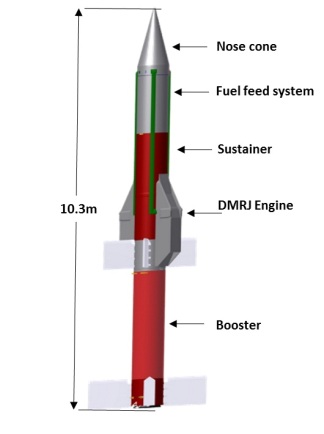 an assisted take off by a rocket to accelerate it to a speed where it begins to produce thrust. It has been found that scramjet engines work most efficiently at supersonic speeds between Mach 3 and Mach 6. A ramjet engine on the other hand can work at subsonic speed. Both ramjet and scramjet engines use atmospheric oxygen as oxidizer. While exit flow from the inlet of a ramjet engine is subsonic that from a scramjet engine is supersonic. The word Mach comes from Ernst Mach, a brilliant 19th century scientist whose most famous contribution was in the area of the speed of sound. Mach 1 means the speed of sound that is 1195 km/hr in air. A rocket flying at Mach 1 speed means it is going at the speed of sound in a particular medium say air. Mach 2 means twice the speed of sound.
an assisted take off by a rocket to accelerate it to a speed where it begins to produce thrust. It has been found that scramjet engines work most efficiently at supersonic speeds between Mach 3 and Mach 6. A ramjet engine on the other hand can work at subsonic speed. Both ramjet and scramjet engines use atmospheric oxygen as oxidizer. While exit flow from the inlet of a ramjet engine is subsonic that from a scramjet engine is supersonic. The word Mach comes from Ernst Mach, a brilliant 19th century scientist whose most famous contribution was in the area of the speed of sound. Mach 1 means the speed of sound that is 1195 km/hr in air. A rocket flying at Mach 1 speed means it is going at the speed of sound in a particular medium say air. Mach 2 means twice the speed of sound.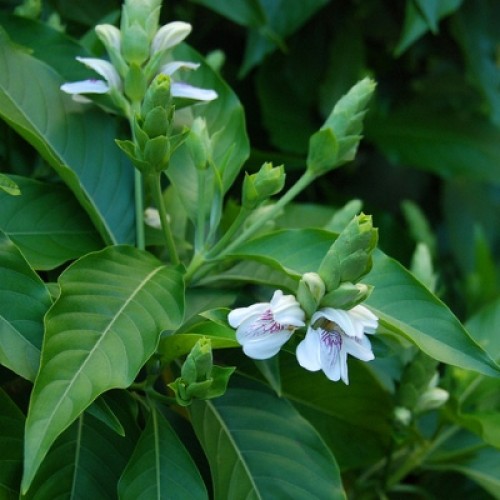
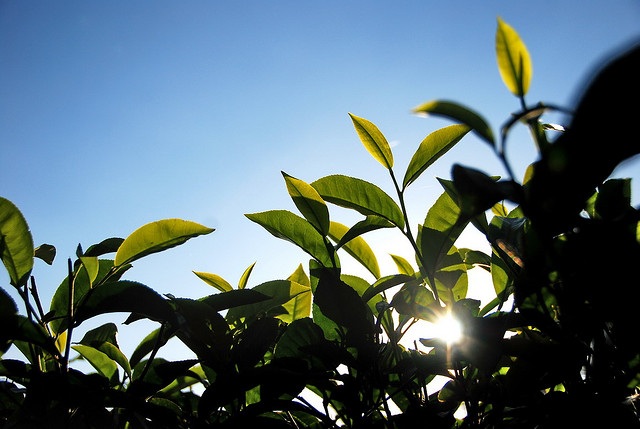
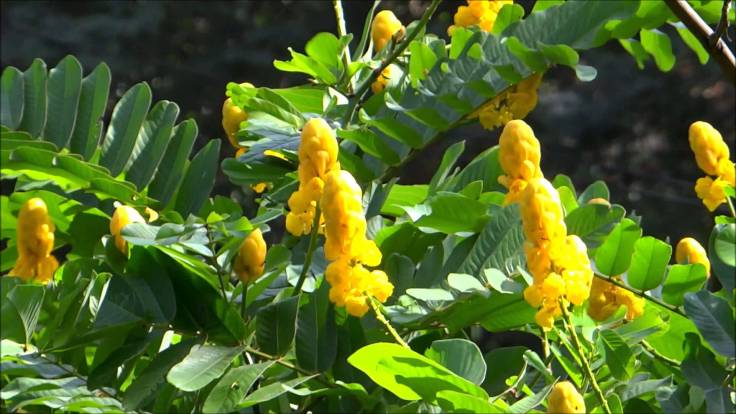


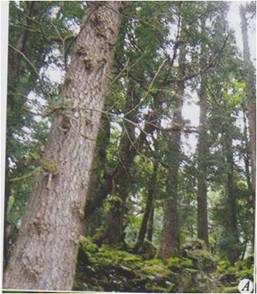

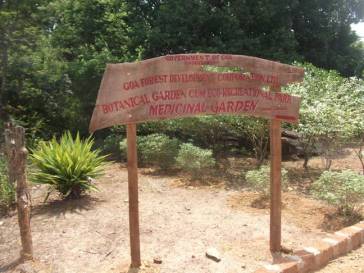
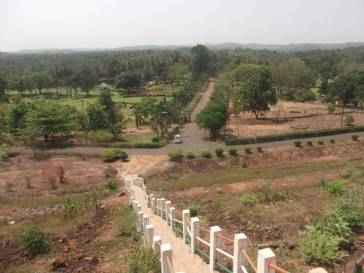
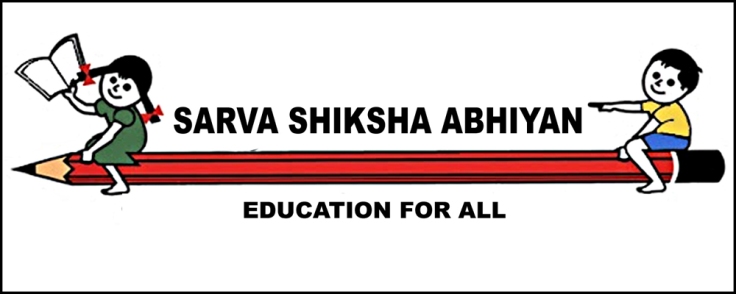



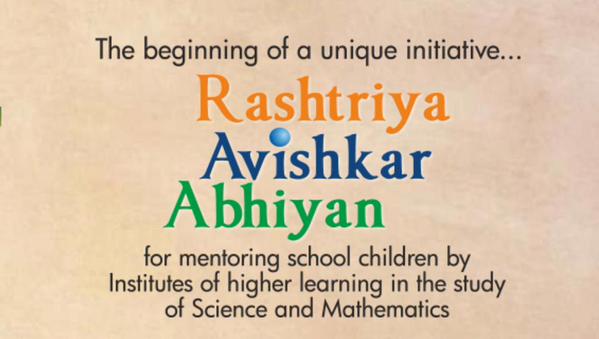

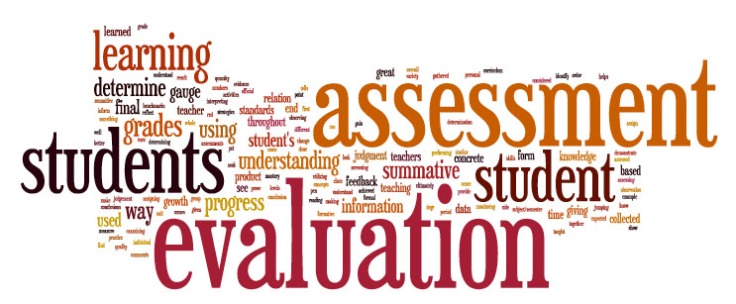
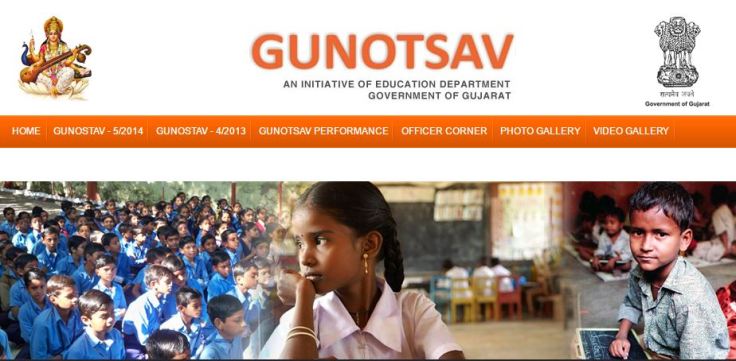
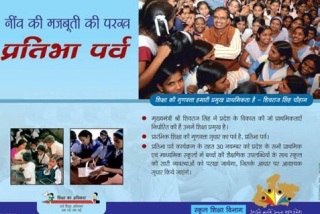 Sambalan in Rajasthan and Samiksha in Odisha are good examples. Comprehensive school assessment framework called Shala Siddhi has been developed at the national level by NUEPA and launched in November 2016. This has a component of self-assessment and a third party assessment. The self -assessment will be used by schools to develop and implement their improvement plan.
Sambalan in Rajasthan and Samiksha in Odisha are good examples. Comprehensive school assessment framework called Shala Siddhi has been developed at the national level by NUEPA and launched in November 2016. This has a component of self-assessment and a third party assessment. The self -assessment will be used by schools to develop and implement their improvement plan.